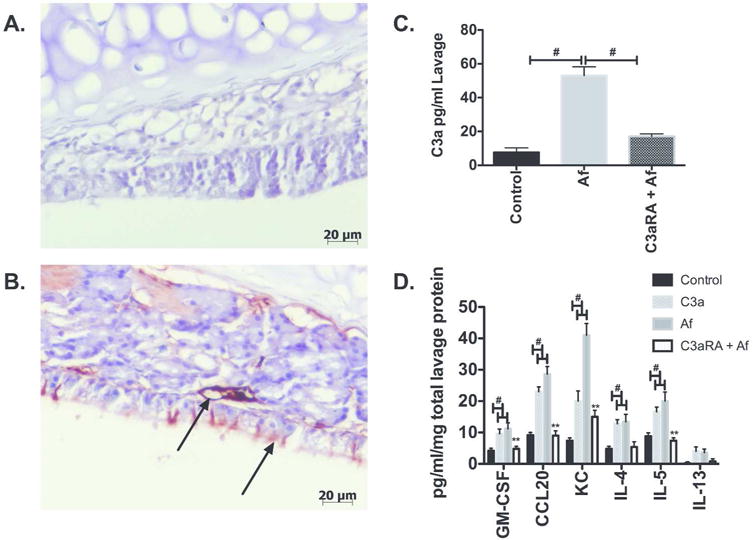Figure 5. Intranasal Aspergillus Fumigatus (Af) extract challenge activates complement and promotes inflammation within the sinonasal cavity, and can be ameliorated by C3a receptor antagonism (C3aRA).

Balb/c mice that received 4 weeks of Af allergen challenge and were confirmed to have CRS-like inflammation were challenged with Af intranasally to investigate dynamic complement activation. Seventy-two hours post final Af intranasal challenge heads were isolated for immunohistochemistry detection of C3d (A & B) and lavage samples taken for C3a ELISA. Note that Af induced membrane complement deposition as marked by the long-lived membrane associated C3 activation fragment, C3d. C3d deposition was increased in Af-CRS mice (B, Arrows) as compared to control (A). Confirmation of local C3 activation was seen in nasal lavage fluids were increased C3a anaphylatoxin concentrations were seen 72 hours post Af inoculation, that was significantly reduced by pretreatment with C3aRA (C). (#p<0.05)(n=4-6). ELISA measurement of inflammatory chemokines/cytokines CCL20, GM-CSF, and KC, and type 2 cytokines IL-4, IL-5 and IL-13 post inoculation with either Af or C3a, C3aRA pre-treated Af inoculated mice. Note that all challenges induce cytokine production, with the exception of IL-13 (data not shown), and that C3aR antagonism pre-treatment significantly reduces all measured cytokine/chemokines as compared to Af alone. (#p<0.05, control vs treatment groups, **p<0.01 GM-CSF, CCL20, KC, IL-4, IL-5 treatment group vs C3aRA treatment) (n=4-5).
